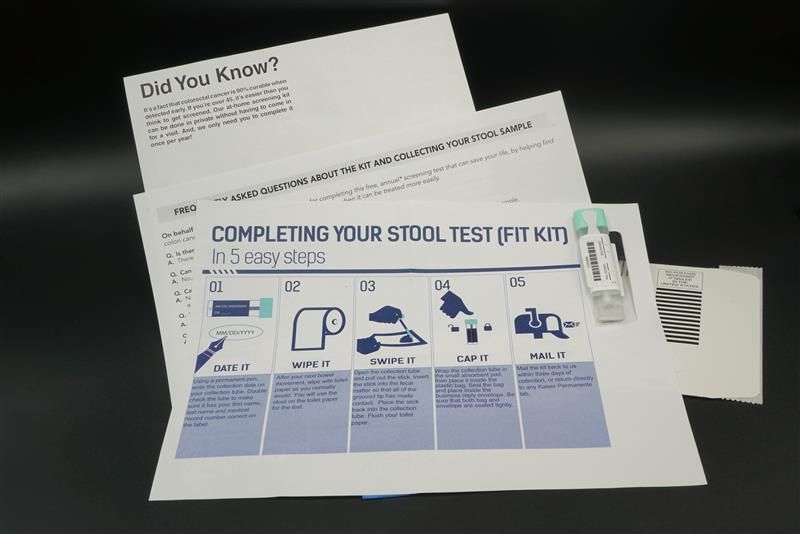Article
When Employee Healthcare Costs Move Stocks
Author(s):
Healthcare costs in America are seeping into nonhealthcare companies’ earnings announcements. None of those companies discussed healthcare this time last year.
Healthcare costs in America are seeping into nonhealthcare companies’ earnings announcements. The list from a cursory search of one recent week’s public company earnings transcripts includes firms that sell sneakers and tennis rackets, make the dressing for your Caesar salad, deliver flowers to your sweetheart, and provide services to oil companies.
None of those companies discussed healthcare this time last year. It may be too early to it call a trend but it’s worth noting.
The negative press of outlier expenses, and a renewed focus on what does or doesn’t work, may lead to some improvement. Below is a summary of what the companies reported:
- Hibbett Sports: In explaining higher expenses management said that “..healthcare costs were elevated and with us being self-insured, we do see volatility from time-to-time in expense, so part of it was that.” The stock dropped more than 30% on the earnings announcement, even as same-store and online sales jumped.
- Footlocker: “And as we have been talking about for a while now, higher minimum wages, selling wages is a big piece of our SG&A [selling, general, and administrative expenses] and medical costs, as well.”
- 1-800-Flowers: Earnings before interest, taxes, depreciation, and amortization declined 8%. “This primarily reflected Cheryl's [Cookies’] operational issues and higher transportation and healthcare costs incurred throughout the year.”
- Lancaster Colony: “And that's part of our long-term plan, honestly, is to figure out where can we invest in automation to take out unskilled labor, so we're relying more predominantly on true skilled labor that helps us today, and as we think into the future about things like healthcare costs, worker's comp costs and everything else, it will help us, as well.”
- EnservCo Corp: The company “is partially self-insured and, therefore, makes a relatively large upfront payment on each claim. Within our well enhancement segment this accounted for an approximate $283,000 increase in the second quarter compared to last year.” Rounding up, this amounts to 1% of sales—not an insignificant amount.
As a top 3 or 4 expense, nonhealthcare companies rarely discuss healthcare costs with investors. It’s hidden within the SG&A line of the income statement. Brokers, vendors, and consultants have been inconsistent with delivering solutions. Usually their interests are not aligned and it’s a tough battle. Inflation, demographic changes, regulation, and innovation have pressured budgets. Costs of $8000 to $12,000 per employee in the United States is just the price of doing business. Healthcare trend of 2 to 3 times the consumer price index is the benchmark and is set in budgets. Breaking that has not been something companies have consistently reported or reliably bragged about.
Many in the healthcare industry lament the lack of attention the C-suite places on healthcare purchasing decisions. Some say it as if companies don’t like saving money. In reality, they’re focused on capital allocation, strategy, debt structure, and whether to open a new plant in Poland, and they are fatigued by the failed promises of big savings from vendors and consultants. What’s more, for technology companies with young employees, the low employee cost share, higher dollar benefits, and low hassle are the best decision since they keep employees happy and focused.
Chief Financial Officers will start caring about healthcare, viewing it as something more than a commodity, when it becomes something they can consistently impact, is something employees want, and delivers a meaningful return on investment. One-off case studies don’t help. They want unbiased results. Ironically, this is not likely to happen by following “best practices” surveys. As British economist John Maynard Keynes said: “Worldly wisdom teaches that it is better for reputation to fail conventionally than to succeed unconventionally.”
What can be done? Game theory could call for less and with a delicate balance on employee impact. Tenure is dropping in many industries, and investments in health programs may see results accrue to the next company. I suggest you Google “Al Lewis Quizzify.” All the poking and prodding and forced wellness is not helping, and it costs hundreds of dollars per employee per year when you add incentives (bribes). There’s also a bias to buy more. If brokers or consultants don’t ask you to buy something shiny and new they’re not “doing their jobs,” but it’s debatable how much value they’re adding.
Ideas need deeper consideration of second and third order consequences. Increased access tends to lead to increased use. For example, 90% of companies now offer telemedicine, only about 1 in 20 use it per year, yet it costs as much per visit as primary care and is silent on the evidence of the total emergency room reduction needed to justify published savings. Reducing friction to drive care to cheaper and higher quality settings helps, too. Walmart contracts with proven Centers of Excellence for certain procedures related to joints, spines, cardiovascular, cancer, and more. Improved healthcare and financial literacy are also things we all need in regular doses.
Does it move a stock or warrant mentioning to investors? That will be a benchmark. That’s when companies will consistently care. Cutting wasteful programs and doing the opposite of what many helpers say are great starts. A famous Seinfeld episode finds George Costanza questioning his purpose and instincts. He soon realizes that if he does the opposite, he’ll get out of his funk. More companies need to follow that wisdom. Perhaps that will lead to consistently higher earnings.

Navigating Sport-Related Neurospine Injuries, Surgery, and Managed Care




